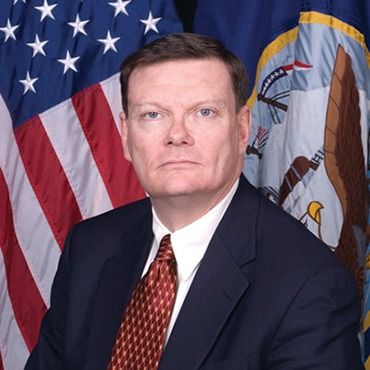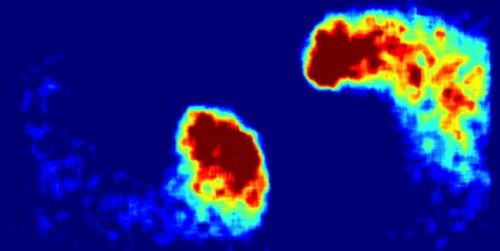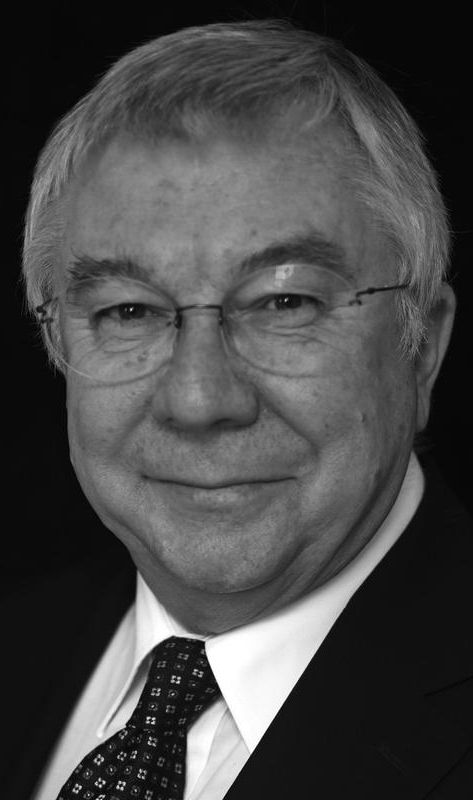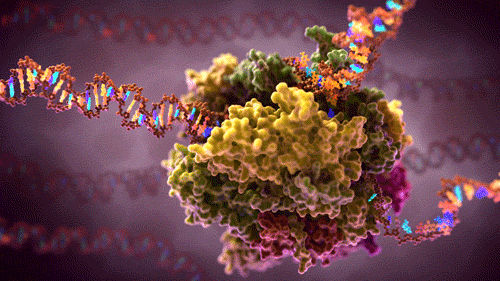Jul 2, 2016
IC wants sensors to evaluate personnel performance
Posted by Karen Hurst in categories: electronics, wearables
Has anyone seen “The Yes Men” youtube video where they present to the WTO their proposed employee monitoring suit to ensure employees were working and performing while the supervisor is at the beach. This reminds me a little of that same scenario; except this time it’s the employees wearing the wearable monitor to measure & track their performance.
Working in the intelligence community can be stressful. The IC’s research arm wants to use sensors to evaluate how people respond to the demands of the job.


















